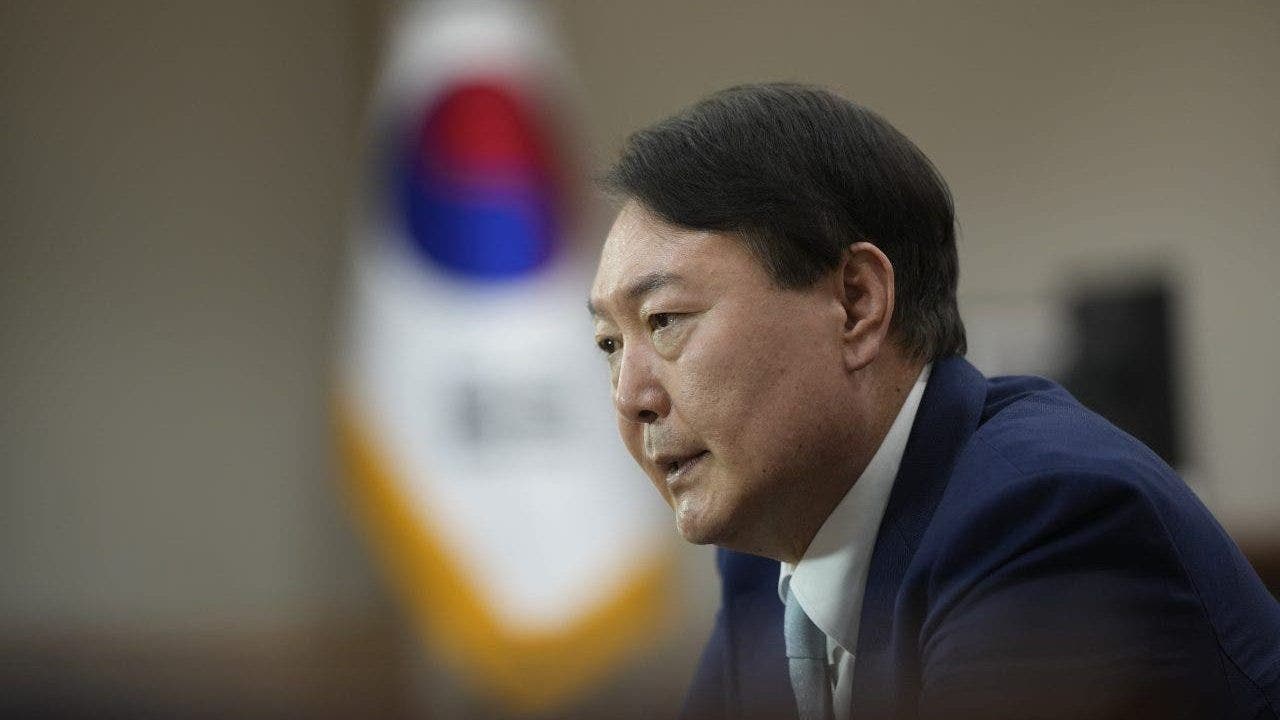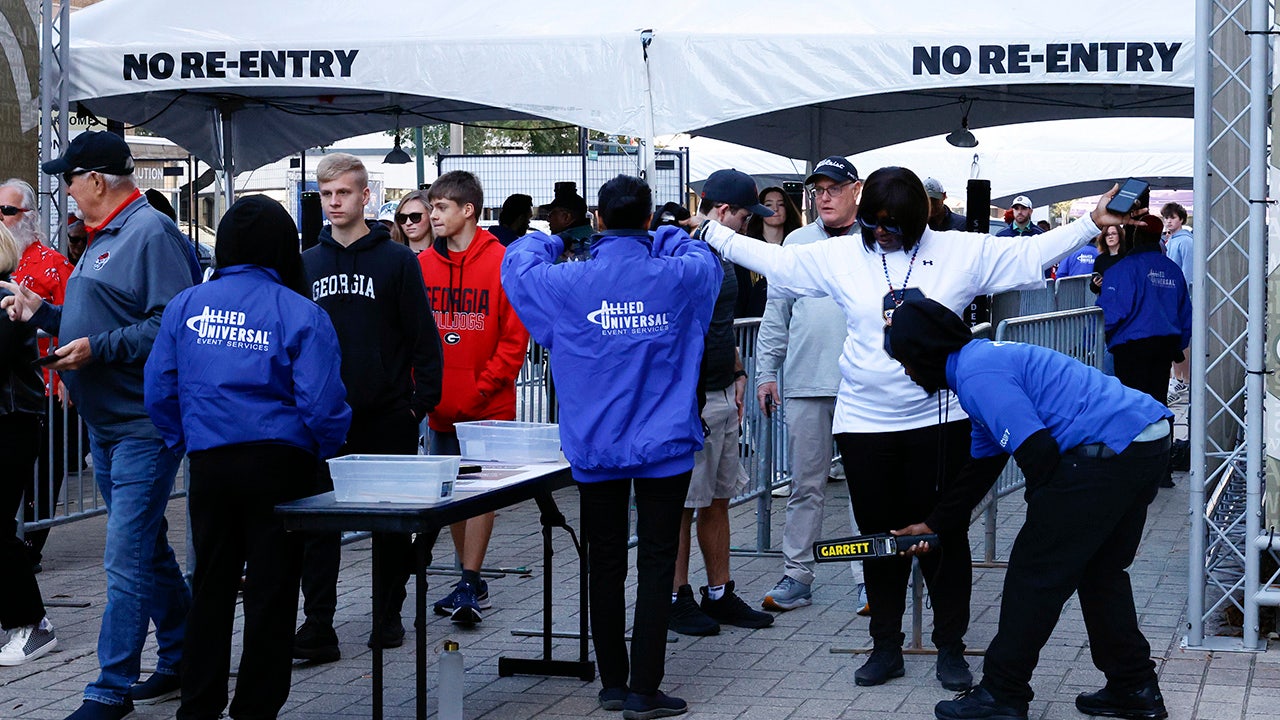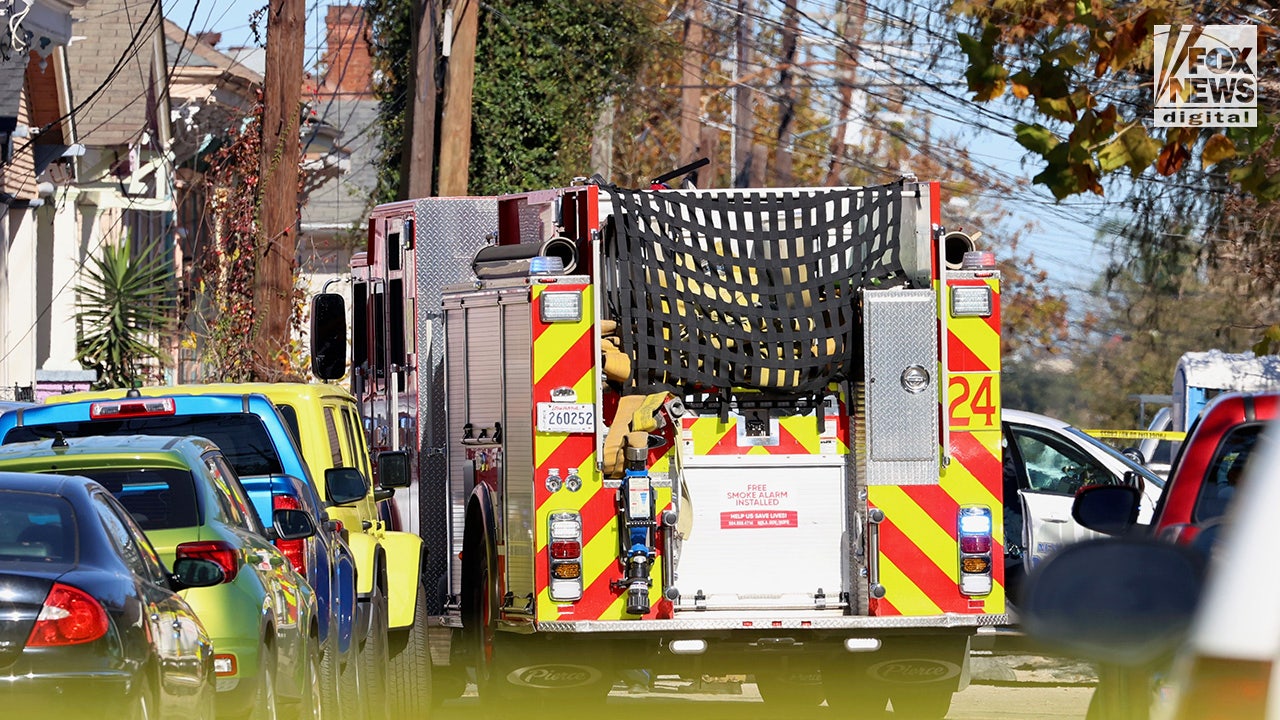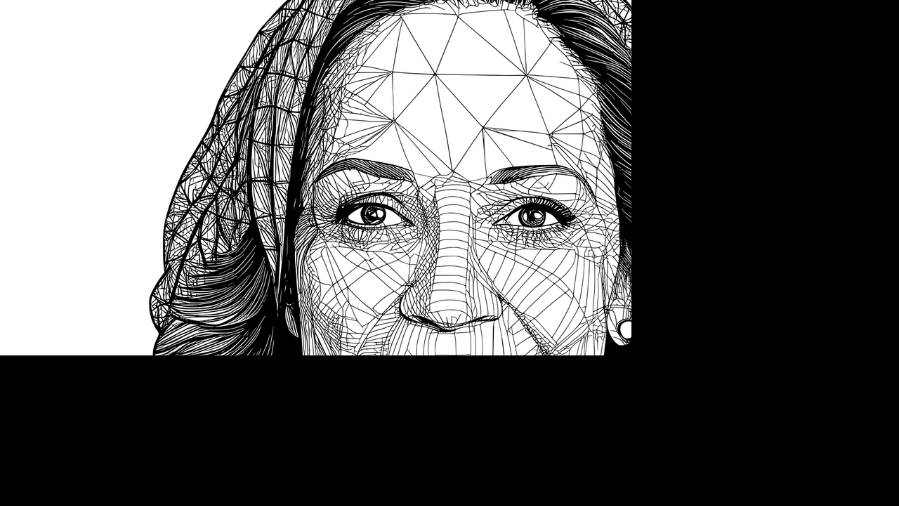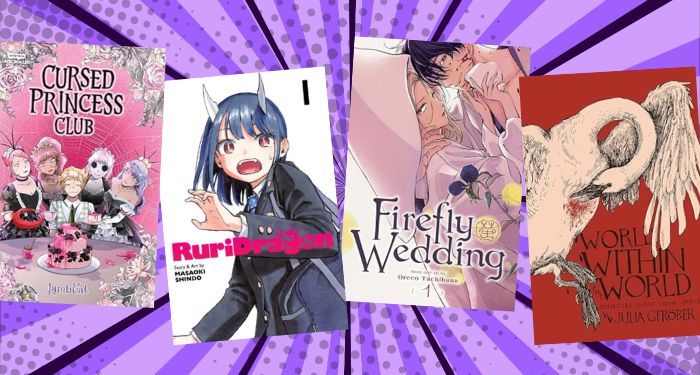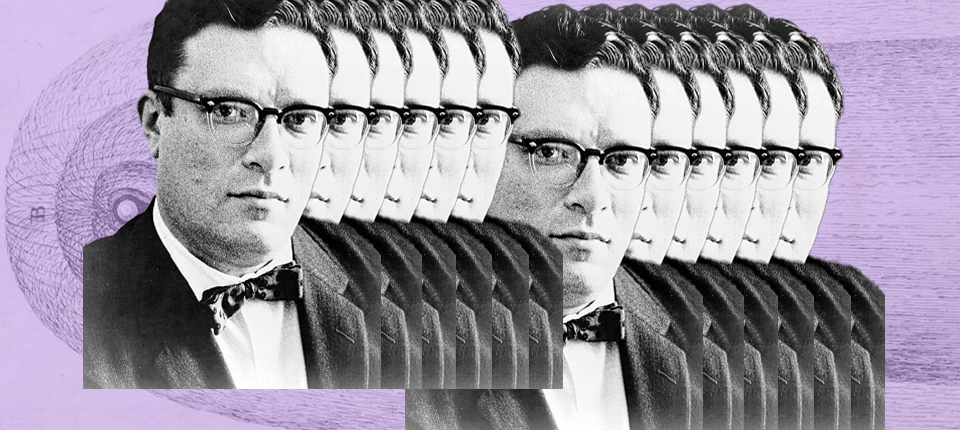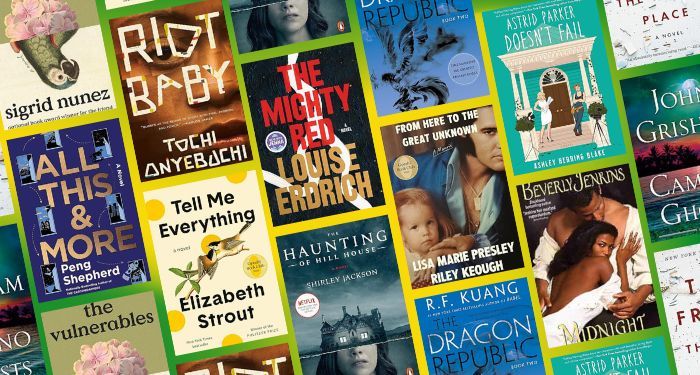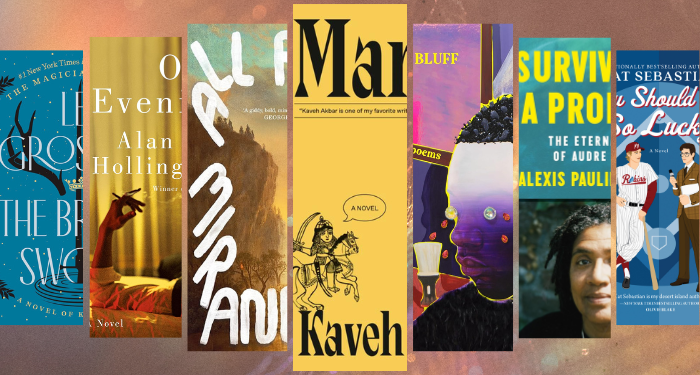M. Evelina Galang explores the many manifestations of what it means to be Filipina and Filipina American across decades, countries, and moments of political poignance in her new short story collection When the Hibiscus Falls.
Returning to the short story form for the first time since her 1996 debut Her Wild American Self, Galang dreams up seventeen dynamic tales that center women who are trying to claim their lives as their own—a feat made more daunting in the face of parental pressures, systemic erasure, and intergenerational grief. In one story, a young girl documents how sorrow ravages through her family after her older sister—the person she looked up to the most—dies in a suspected suicide pact drowning. In another, two sisters navigate the aftermath of a public kiss—a violation of a new code of ethics after their country’s Story Revolution. In yet another, a grandmother and her granddaughter struggle to see eye to eye about their duty to protect one another in the face of heightened xenophobia and racial violence. The wide array of existences—young and old, some of them stubborn, all of them flawed—that dominate the pages of Hibiscus reveal the intricacies and depth we can allow women, if only we let them bloom to their full potential.
Galang gives the Filipina/Filipina American reader the greatest gift of all: the chance to see oneself in a text not because her likeness has been stripped of all complexity, but because her complexity has been revered—held up to the light and turned slowly, with each shifting hue captured with delicate, lucid prose.
I spoke with Evelina over Zoom about writing through and beyond silences, juggling the pressures of Filipino and Filipino American culture, and what she hopes her legacy will be.
Rodlyn-mae Banting: This book feels very much like a cohesive project and your protagonists feel in conversation with one another. Could you talk a little bit about the process of bringing this collection together?
M. Evelina Galang: It’s really interesting because I was writing many of these stories at the same time that I was working on Lola’s House, my comfort women book, which is creative nonfiction, and worked with the women’s testimonies. I just needed moments of pure creativity and so I started to write these stories. Not with anything in mind, right? Just stories. The writing took place over the span of maybe ten years or so. And then it was what I think are obsessions of mine that surfaced—they felt disparate at first, and then I read them together as a body and I was like, oh. I started to see these obsessions come up, with one being that of ancestors, of community, and the way kapwa works for us here in the United States, but also the idea of kapwa back in the day. Ultimately, it’s about this legacy, that we are all part of this continuum.
RB: You engage heavily with different facets of Filipino and Filipino American culture. Something that your stories do so well is portray the culture of silence that permeates through a lot of Filipino society, especially around topics that are particularly taboo like sexuality, trauma, and grief. I was curious if it was difficult for you to engage with those topics and break through that silence on the page.
EG: I spent 20 years doing the research with the lolas, and going back and forth and spending time with the comfort women. They were such warriors and their lives really inspired me in so many ways about what it means to be a strong Pinay. They were asked not to talk about it. They were silent for 50 years. And then when they started to come forward, they did little by little, and different women had different responses. Some families supported them, some families were super ashamed. But there was something about my being with them, and witnessing all of that, and then also the joy that comes with who they are. For me, that’s the ultimate breaking of silence. Their stories were the ultimate act of defiance, of speaking one’s truth. So I think writing the stories pales next to their experiences, and writing the stories is the least I can do to support my community and my nephews and nieces who are also growing up in this very complicated community where you’re not all one thing, and not all another thing. And then you have to deal with the past—deal with it and try to reconcile with it.
RB: I was really drawn to “Foodie in the Philippines” and how it counters traditional or cliché homecoming narratives of feeling immediately at home or loving everything about the motherland. When Clarissa gets [to the Philippines], she’s revolted by almost everything.
EG: She’s a true American.
RB: Right! And her husband approaches the trip more anthropologically. What were you trying to get at with her character?
EG: So I was really interested in exploring that way of claiming Filipino culture with a protagonist who’s not necessarily a likable person, and who was so Westernized that she doesn’t recognize the parts of her that are Filipina. She doesn’t recognize that this food industry that she’s entering—what she’s seeing as a commercial venture—is really a way of bringing her back home. She doesn’t recognize that she has a special gift that she’s inherited from her, the legacy of her family. And I don’t even know at the end of the story if she is completely aware of that. But she comes in and there are things happening that she cannot explain.
RB: In a lot of the stories, including “Loud Girl,” there’s that refrain of a young woman having walang hiya. Of having “no shame.” Do you see these stories as a refutation to that accusation?
EG: I don’t think that those who use that line know that it’s a tool for controlling a person and also doing their best to suppress whatever is inside of them, whatever is becoming. So much of what you have to do is educate your parents as to whatever it is you want to do or be, because they just love you. Even when they’re saying walang hiya, they don’t understand whatever it is that they’re trying to suppress. If they gave space for that, the confidence that would come from that person would allow them to have the life that they really want to have. So I love to play with that because so much of it is about communicating. And if we’re not able to communicate, we give up. There’s no point. “They’re just gonna shut me down anyway” or whatever. Or maybe the point is that you have to do what Mayari did and just leave. Go do what you’ve got to do. It’s such an important thing to be able to be yourself.
RB: You mentioned the fact that walang hiya is a tool of control. I was especially struck by “Deflowering the Sampaguita” and how it explores that idea of control as a way of leaving someone in the dark and keeping them from knowing themselves most deeply. You write, “So what’s a girl to do? What’s she to think, how’s she to find a life partner without guidance?” I’m curious as to what you think the role of agency is in this collection.
I was really interested in exploring that way of claiming Filipino culture with a protagonist who’s not necessarily a likable person.
EG: It’s all about agency. It’s all about how we’ve been raised, how to respond, to be the good daughter, to be obedient. But at the same time, so many of our households have strong women and they’re the ones that hold the purse strings, they’re the ones that have the job. They run the household. And so it’s all about choices. It’s all about what can you do? The stories are imagining that sometimes it’s really hard to make the choice. Sometimes we can’t make the choice. It’s too much.
RB: You write about women in all stages of their lives but you keep returning to this figure of the female teenager, or the dalaga, in this project. I was thinking about this poem by Olivia Gatewood called “When I Say That We Are All Teen Girls” where she makes an argument for exactly that—that we’re all teen girls in some way. Does that resonate with you personally? Does that resonate throughout the collection and the women that you’re writing about?
EG: I think in some ways, yes. There’s that aspect of youth that’s all about hope. It’s about exploration. It’s about unknowing. It’s about defying for the sake of defying, but not always thinking it through, which I think is really exciting. On the other end of that is like, as I get older, I don’t care what anyone thinks. I don’t care what I’m supposed to do as a woman of my stature or my age. At some point I figured out that it doesn’t matter what anybody else thinks. What matters is what you think. The teenager is also the most complicated to me.
RB: A lot of these women have overcome insurmountable trauma. Malaya in particular was forced to be a comfort woman as a child. Some of these characters choose to forget the past and others are really staunch in their political activism. Could you talk a little bit about the importance of collective memory—particularly around political injustices—such as the comfort women?
EG: For me, it’s been so important to document in all the different ways that we can, the stories of Filipina comfort women because we create the collective memory. It has been a blessing to spend time with the women who actually went through that, because they were an inspiration. So that their legacy lives on and that this collective memory lives on—that this documentation of what happened to them lives on. Every single time they tell that story of their lives they relive it. Many of them have now passed away, but there’s a way that they relive that trauma. And they do that so it doesn’t happen to the next generation—that they have said time and time again. So for me, I take that very seriously. And I take it very seriously that there’s somebody trying to erase our collective memory.
RB: So much of this collection is about legacy, right? The anxieties around what our legacies will be and what will happen if they’re lost. That idea again of collective memory and building that. What do you hope your legacy will be?
As I get older, I don’t care what anyone thinks. I don’t care what I’m supposed to do as a woman of my stature or my age.
EG: I haven’t ever really thought about that in any real way. I would love for the stories that I write, and the students that I work with… I hope that my stories open people up to write their own stories, to document their lives, to find the freedom in storytelling that I have found, whether it be freedom for imagination, or for play of language, or freedom of knowing oneself and being able to live one’s truth. Part of the holding of waling hiya is that we’re supposed to be a certain way and there’s no room to be anything else. But really, we’re so much more than that. I would love for the work that I do to allow people to find their thing and to live it, and to be comfortable with that because that’s a gift that’s been given to me in reading literature and writing literature. I’ve seen the power that a good story can bring to an individual.
RB: To close things out, I wanted to return to the very first story and the very first line of “Strength is a Woman” where you write, “No one ever gets the story right.” I wanted to know the thing that you were trying to get right in writing this collection, the thing that you think you got right in writing it and putting all of these stories together.
EG: Wow. I mean, in the most obvious way, so many of our stories have been written by people who are not us. They’ve either been written by men who, in this particular story “Strength is a Woman,” he really doesn’t get it. It’s just more of a pain. They’ve either historically been written by men or they’ve been written by people who are not of Filipino descent. Or they’ve been written by anthropologists or politicians. They are stories being written by everyone but ourselves, by the woman, the woman who lives these stories. I think that’s what I meant when I said nobody ever gets the story right. Because even when women are talking, sometimes, oftentimes, no one’s listening. And for someone who has come from a really big, noisy family, writing is the best way for my voice to be heard.

